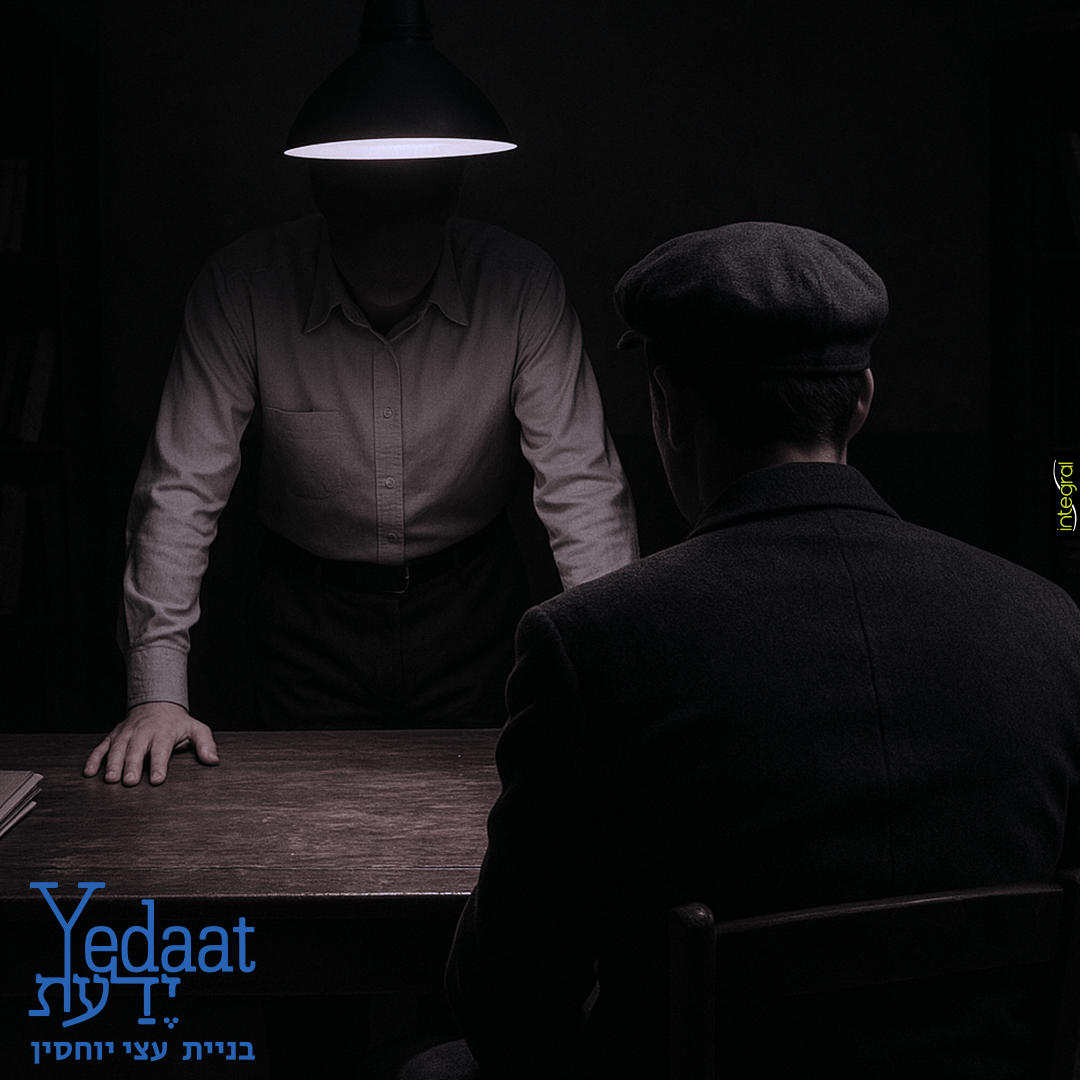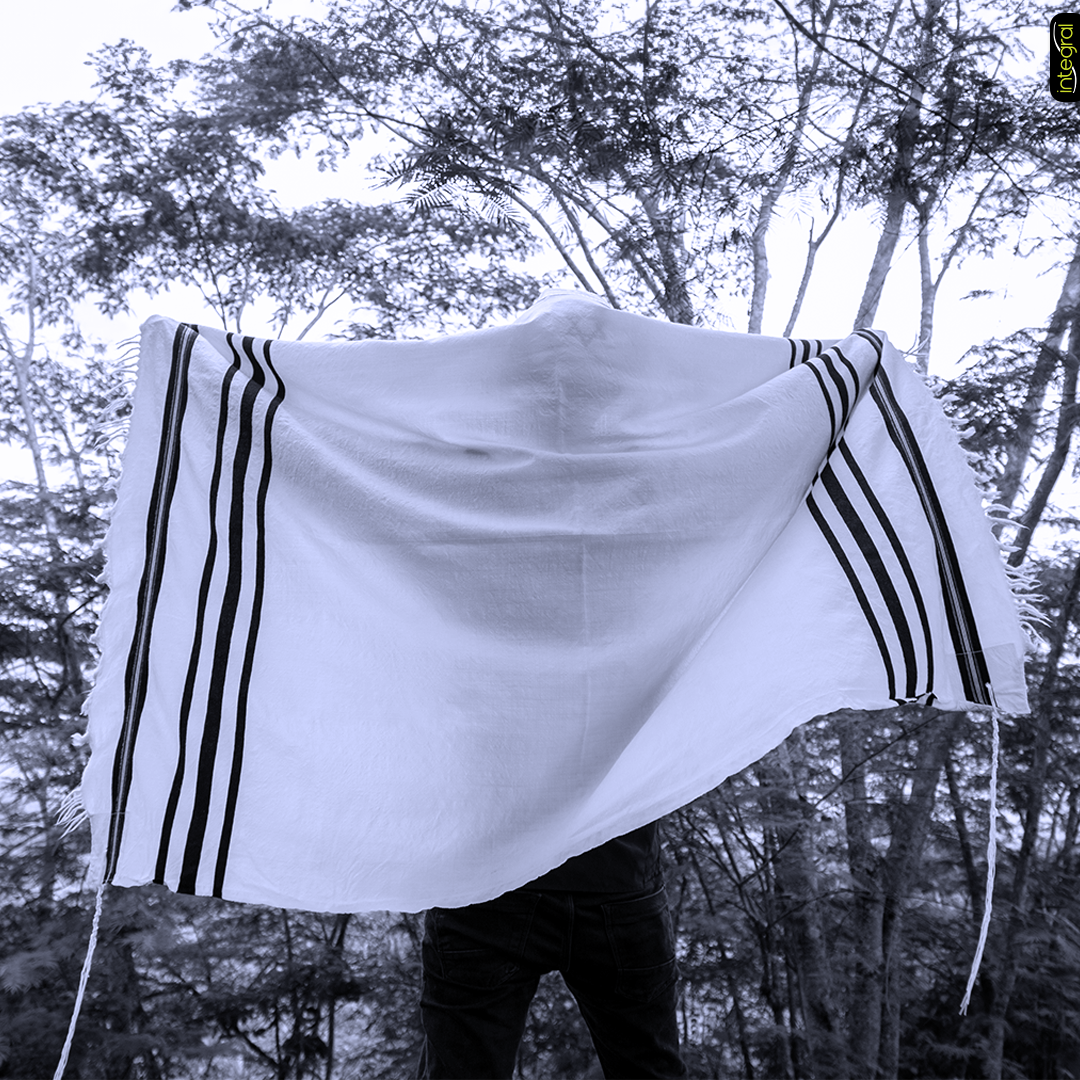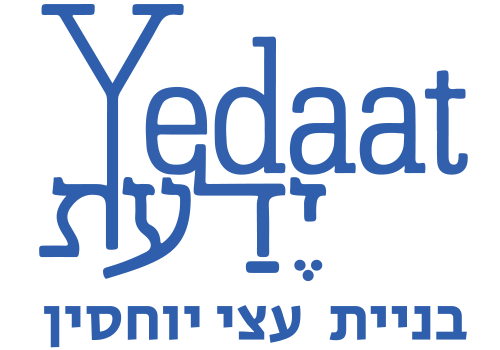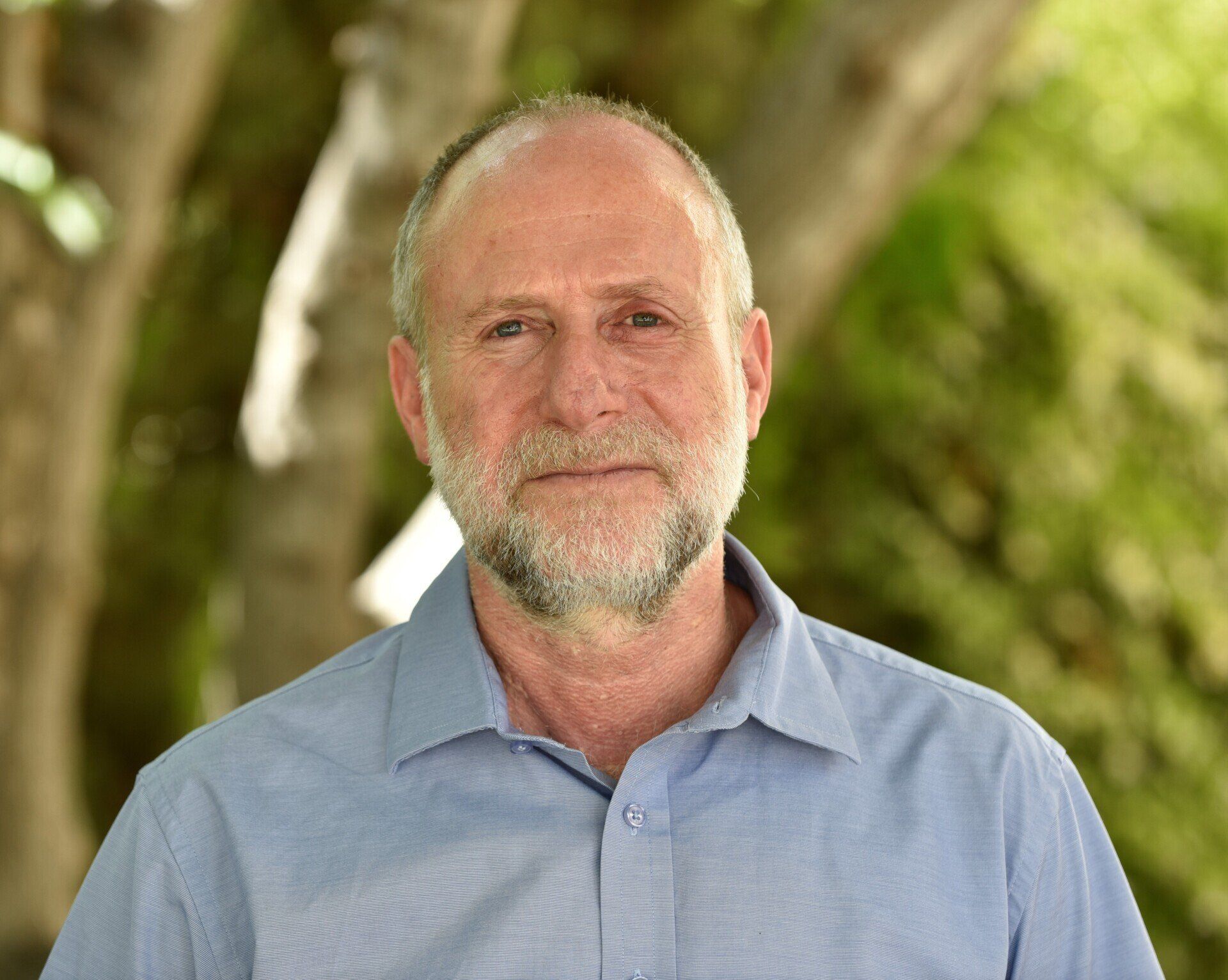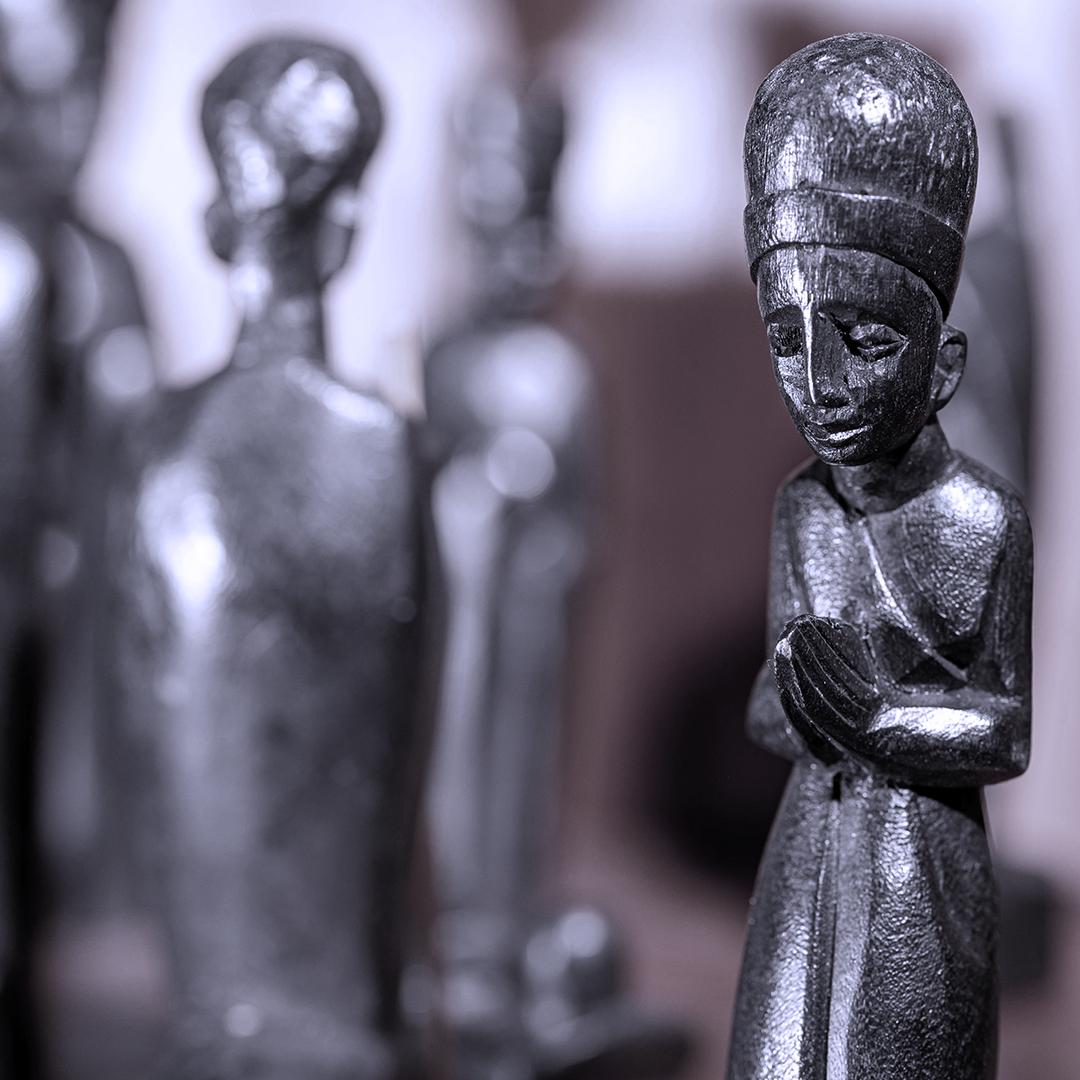Documenting over 100,000 people The milestone, the way, and the incredible story of the Jewish people in a genealogical view
Aviad Ben Izhak
A little less than ten years ago, I founded Yedaat with a somewhat insane vision: “to connect all the family ties within the Jewish people.”
As of early November 2025, I have added over one hundred thousand new individuals to the family tree, people who were not previously recorded anywhere.
In terms of the number of connections, according to various experts, I have so far linked well over 1.5 million family ties.
The vast majority of those I have documented are Jewish; therefore, nearly all the connections are among Jewish families.
It seems I have documented nearly every Jewish diaspora, except for the Ethiopian community.
***
How Do You Document One Hundred Thousand People?
It begins with people – dozens upon dozens of families from Israel and abroad – who placed their complete trust in me, revealed their family secrets and, along the way, shared astonishing stories. Each encounter with such a family feels like opening a treasure chest of knowledge.
Most people who come to me confess the same regret: “When we were young, we didn’t ask, and now there’s no one left to tell us.” I hear this sentence time and time again.
This is why documenting a family is a mission – to preserve family ties and heritage for future generations, and to reconstruct connections that were lost.
For that, I study and process enormous amounts of historical material, read endlessly, and often purchase rare and expensive books, most of them in English. To deepen my knowledge, I attend professional conferences both in Israel and abroad; some events require in-person attendance, while I also take part in countless online lectures, in Hebrew and English.
My background is in computer science, with over forty years of experience. I set up a dedicated computer lab at home and obtained the necessary software licenses. This investment has led and continues to lead to meaningful breakthroughs. I estimate that I can access tens of billions of personal records worldwide.
I create family trees on Geni.com, managed by volunteer curators. All my work is visible online for anyone to explore, within privacy limitations, of course.
Geni’s uniqueness lies in its aspiration to create a single world family tree that supports many languages. Working within one global tree constantly exposes you to new data cross–references and greatly enhances accuracy.
***
To Contribute and Be Contributed to
In line with my vision, I decided very early on that in every research project I undertake, I will dedicate at least 10% of my effort to community contributions, expanding and linking related or relevant family trees.
To contribute even further, I decided to qualify as a Geni Curator, an official Tree Manager. I completed the certification process and obtained the formal title.
There are about a hundred curators worldwide, only a handful in Israel. We are all volunteers who assume considerable responsibility, are “obsessed” with this work, and together manage one enormous puzzle that already comprises over 200 million people, many of them Jewish.
The most significant advantage of this role is the opportunity to collaborate with top genealogists from Israel and around the world.
Every single day, I receive messages from people across the globe, such as: “I saw you updated information about my mother/grandmother/great-grandfather. How are you related?”
My standard answer is “I’m not related, I’m a Geni Curator.” Each update, every clarification, helps strengthen and deepen family ties.
***
Different Types of Research
There are “regular” family studies, beginning with detailed interviews, followed by tree building and gathering documentation from diverse sources.
In many cases, I have been asked to revise or correct previous research when people had spent years researching their family but reached a dead end.
Some of the most moving projects involve documenting entire communities and inter-community connections:
- The Drohobycz–Borysław community (now in Ukraine) – I documented thousands of Jews in a strive to reconstruct as many family ties as possible.
- The Nabeul community (Tunisia) – based on a database prepared by Dr. Victor Hayun, whose remarkable doctoral dissertation documented the city’s Jewish residents. I processed his work and uploaded it to Geni.com.
- The Jews of Babylon – I documented thousands of individuals and, in cooperation with MyHeritage, uploaded data on over 100,000 people who immigrated from Iraq in the 1950s. Ms. Aliza Dayan Hamama, CEO of the Babylonian Jewry Heritage Center, led the project.
The Papo Project – full disclosure: I am a descendant of the Papo family.
The Papos are Romaniote Jews, of the Balkans and the Eastern Mediterranean, dating back to Roman times. These communities spoke Greek, and the family name Papo derives from the Greek word Pappos, meaning “grandfathers.”
To date, I have documented hundreds, if not thousands, of individuals with this surname and have revealed extensive family ties.
- The Rhine Valley communities (Germany) – there is vast information on those communities, but they are small, with scattered populations. German towns historically limited the number of Jewish families allowed to reside. With the rise of the Nazis and oftentimes earlier, many Jews emigrated or fled, most of them perished in the Holocaust, and their communities ceased to exist. In recent months, I have focused on tracing family ties among these Rhine communities, adding hundreds of names and forging many new connections.
- A large part of my research focuses on the Holocaust, people who disappeared, lost their families, and ties. To date, I have documented thousands of victims and survivors from that period. It is profoundly moving, and I often find that I’m in tears when reading Pages of Testimony written by those who lost dozens of relatives, when sometimes they are the sole surviving family member.
In many cases, documentation is missing simply because no one was left to record it. It is rare yet deeply emotional to locate lost relatives and reconnect them with families who have been looking for them for decades.
In each community I have documented, the tools I use have revealed hundreds or even thousands of new family ties.
Some of these connections continue to surface months and even years after the information goes online.
***
And on a personal note to conclude
Had you asked me when I founded Yedaat whether I believed this milestone – documenting one hundred thousand individuals – was achievable, I would have said no.
Certainly not within a decade.
To the best of my knowledge, no one in Israel has documented such a vast number of people. There are only a few in the world who have managed to do so.
It has been a long and fascinating journey. There is much to be proud of, yet much more work remains to be done. Right now, several exciting new studies await me.
And I’m not done, for I have not yet fulfilled my vision of connecting all the family ties within the Jewish people.
The author
The author - Aviad Ben Izhak (Lieutenant-Colonel), former commander of the Military Computer Science School (Mamram).
Specialist in creating genealogies and locating family members and roots. Seasoned in creating genealogies that include thousands of people.
Aviad is the founder of Yedaat – Genealogy and Family Trees.
All rights reserved to the author – names of products and companies are independent registered trademarks!
